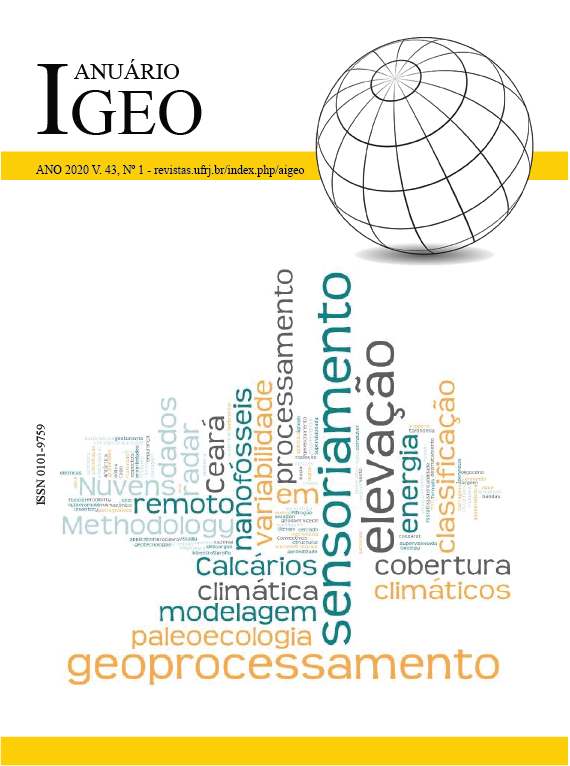Software Development to Assist in the Interpretation of Tactile Maps
DOI:
https://doi.org/10.11137/2020_1_181_190Keywords:
Visually impaired, Computer application, Tactile mapsAbstract
Accessible geographic maps are useful for gaining insight into the environment. Traditionally, tactile maps are always used in cartographic literacy. These maps have proved to be efficient for the acquisition of spatial knowledge by people with visual impairment, but they have significant limitations. For example, due to the specifics of the tactile sense, only a limited amount of information can be represented on the map. It should be noted, however, that only a small percentage of the visually impaired population can read Braille. Recent technological advances allowed the design of interactive maps in order to overcome some limitations. A significant feature of the maps is the potential to provide extensive monitoring of phenomena with spatial knowledge, regardless of the age of the user. It is in this sense that, this research presents the creation of a computational resource that aims to enable or not students with basic education deficiency in the teaching of Cartography. The developed software uses simultaneous sound and image resources with data from the 193 member countries of the United Nations, which allows inclusive education, interaction between students with or without visual impairment.Downloads
Published
2020-04-23
Issue
Section
Article
License
This journal is licensed under a Creative Commons — Attribution 4.0 International — CC BY 4.0, which permits use, distribution and reproduction in any medium, provided the original work is properly cited.
















 Except where otherwise noted, content on this site is licensed under a license
Except where otherwise noted, content on this site is licensed under a license 